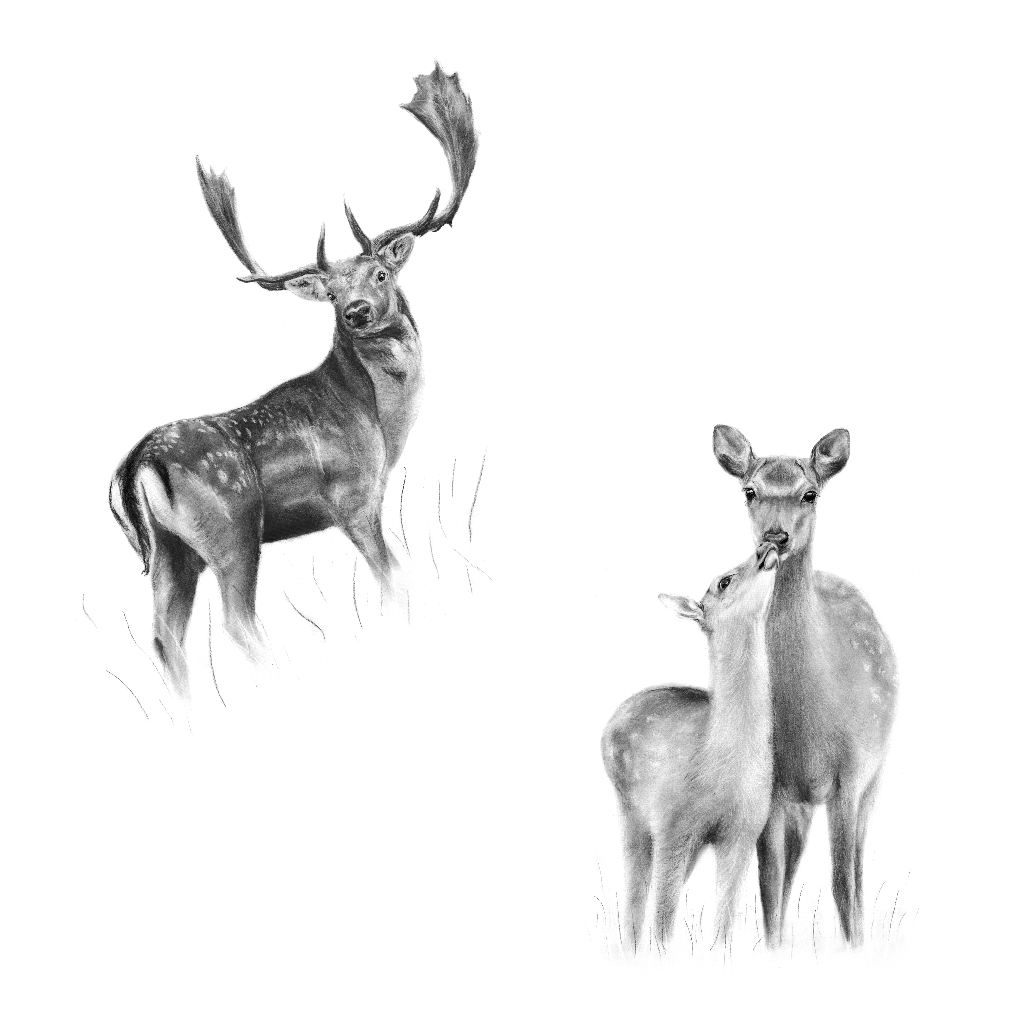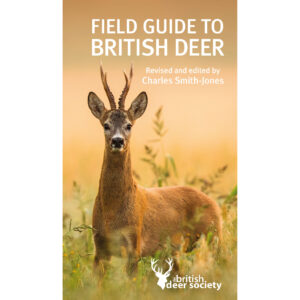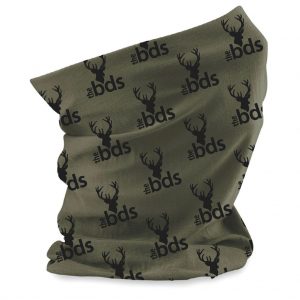ABOUT DETERRING DEER
Controlled experiments are limited to proprietary compounds applied to plantation forests. As a result, much of what is known is drawn from the personal experiences of gardeners, foresters and nursery managers. The following list includes some suggestions that fall into the ‘folkore’ category.
Chemical repellents are regulated in the UK by the Control of Pesticides Regulations 1986 and the Control of Pesticides (Amendment) Regulations 1997. Rather bizarrely, lion dung and human hair (two oft-quoted deer repellents) fall under the control of these regulations and have not been approved for use as pesticides!
Chemical repellents fall into two broad categories: barrier repellents, which provide a ‘chemical fence’ to deter deer and are applied around the area to be protected, and feeding repellents, which are applied to individual plants to prevent deer feeding.
Barrier repellents
Creosote
Although not intended as a barrier against deer, some gardeners have reported success when hanging creosote-soaked rags around their gardens. Unfortunately, just as many gardeners have reported its inefficacy.
Note: Since 2003, it has been an offence for the general public to purchase and apply Coal Tar Creosote. However, the product is still available for sale to professional users such as the agricultural community and builders providing they do not resell to the general householder.
Diesel soaked cloth strips
Readily available and cheap, this is as good, if not better, than anything else. Place garden canes in the ground, about 20 feet apart, with three or four feet protruding out of the soil. Link the canes with string and from these hang strips of cloth (old flannelette sheets are good) around 12” x 2” which have been soaked in diesel fuel. You don’t want it dripping but moist. As diesel is a bit smelly you should wear rubber gloves when handling.
Human hair
Unwashed human hair stored in tights or muslin and hung in bushes at deer head-height. Success has been highly variable and effectiveness is thought to be reduced by rainfall and age. It is considered best to replace human hair monthly. Controlled experiments have found human hair to be ineffective in protecting areas of plantation forest.
Lion dung
In its raw state lion dung is pungent and difficult to degrade and has been shown to be ineffective in deterring deer. However, a pelleted form is marketed as a cat repellent and some users have suggested that it also deters deer. Tests are being carried out to establish whether a concentrated liquid extract of lion dung will keep deer out of silage fields.
Scented soap
Hanging bars of heavily scented soap amongst plants is thought by some to be effective. A benefit is that soap does not need to be replaced until it has completely dissolved. Evidence comes from a limited number of uncontrolled trials and suggests variable success.
Mothballs
Not designed as a deer deterrent and totally ineffective.
Human urine
Problems of collection and application of sufficient quantities aside, human urine loses what effect it may have after rain. Again, evidence for its efficacy is limited to anecdote and a few uncontrolled trials.
Feeding repellents
These work by rendering potential food plants unpalatable. Commercially available compounds can be expensive although trials have shown most to be effective, especially for low-density deer populations. However, some need regular re-application, especially after rain, and toxicity may be a problem in gardens.
Visual and sonic deterrents
In general, neither sonic nor visual deterrents tend to work in the long term. Deer soon get used to sirens, scarecrows, streamers, etc. However, deer damage has been reported to be limited in the direct beam of security lights, although they do not prevent entry by deer altogether.
Motion-triggered devices that squirt a jet of water or activate a sonic alarm and flashlight are available and can be effective.
Physical barriers
The only real defence against deer is a properly constructed fence which has been correctly tensioned to be effective.
The base should be comprehensively dug or turfed in if it is not to be breached – deer can be quick to exploit the smallest gap and you might be surprised at what they can manage to get through.
Lightweight plastic meshes should be avoided as they are not robust enough and the deer can end up tangled in them.
Alternatives to full-scale fencing include individual plant protection, most usually provided by tree tubes which enclose the plants while they establish themselves. Alternatively, you could surround the growing plants with brash (cut branches and other foliage) which keeps the deer away while the plants grow through it, or create a ‘dead hedge’ of cut material.
Minimum specifications for deer fences
Species
Mesh size (mm)
Height (m)











